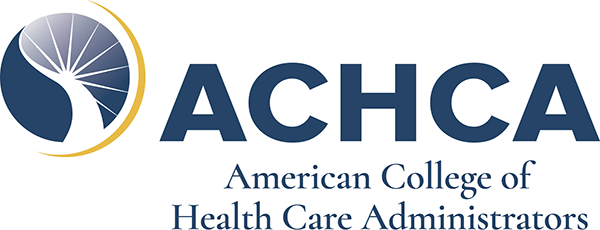Is The Grass Really Greener On The Other Side – Part I
The phrase “is the grass really greener on the other side” is generally used to imply that things are not necessarily better on the other side. However, there are times when the “other side” may be better. The challenge is determining when the other side might be better, or are things on your side best for you.
In the world of skilled nursing this concept has been on the minds of many operators when looking at moving from a contract therapy relationship to an in house model. The shift to the Patient Driven Payment Model (PDPM) meant that therapy minutes would no longer be a primary driver of Medicare A reimbursement. The belief was this would lead to fewer minutes being delivered which in turn meant that it might be more cost effective to have an in house therapy program.
In anticipation of PDPM a host of management companies began selling the benefits of bringing therapy in house. They paint a compelling story of the grass truly being greener with an in house program. Organizations would realize the cost savings associated with an in house program while benefiting from the clinical, financial and regulatory expertise of a third party management company. So is the grass really greener with an in house program managed by a third party? The answers is…..it depends.
While there are a variety of reasons a company may consider shifting from a contract therapy provider to an in house model, the primary one is usually cost savings. When evaluating the cost savings, it is important to have a thorough analysis completed, rather than simply accepting a generalized percentage of savings (i.e 20%) that some companies quote. The analysis should include staffing, salaries, estimated staff productivity and ancillary costs such as technology, benefits and recruiting costs. The projected costs to manage therapy in house are then compared to your current contract therapy pricing and costs. While there will almost always be some level of savings the amount can vary significantly between organizations. For this reason, it is important to not accept a projected savings without having a detailed analysis completed.
When evaluating a move in house it is also important to consider the value your current therapy provider brings to the table. Have they maintained a low rate of staff turnover which can lend itself to a comfort level with your staff and residents? Do they have any unique programming which has helped to differentiate your facility and help drive census? What type of ancillary services or support do they provide your organization and will you be able to replace it with a move in house? What responsibilities will your management team need to assume, even with the support of a management company? Do you have the capacity to take on these responsibilities? There are many successful in house programs but it is important to understand what you are replacing and what might be lost with such a move.
This last question is an important one as moving therapy in house will most certainly create additional work and responsibilities for your organization. A management company will certainly bring a level of expertise to your organization however they will not replace everything that a contract therapy provider managed. It is important to understand exactly what responsibilities the management company will assume and which responsibilities your organization will have to assume.
One might read this blog post and assume we are against using a management company to help move therapy in house, yet nothing can be farther from the truth. Our company, along with others, have helped a number of organizations bring therapy in house. We don’t believe the move is right for every organization and it should involve a careful analysis before making such an important move.
The grass can be greener but take a close look before making the leap.





